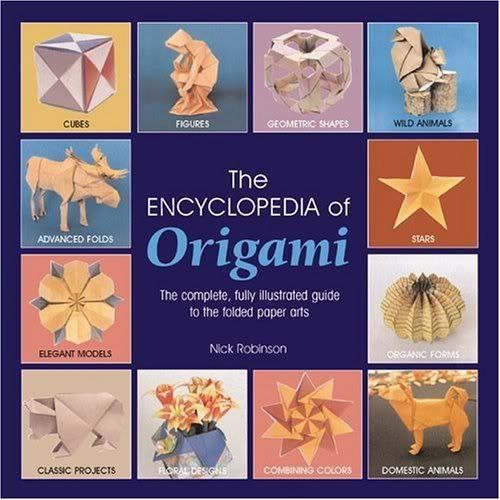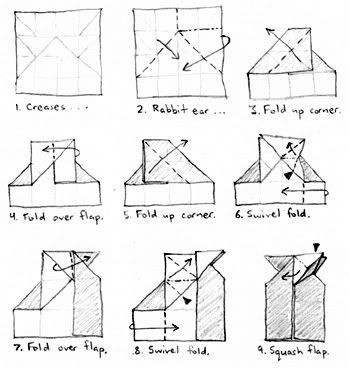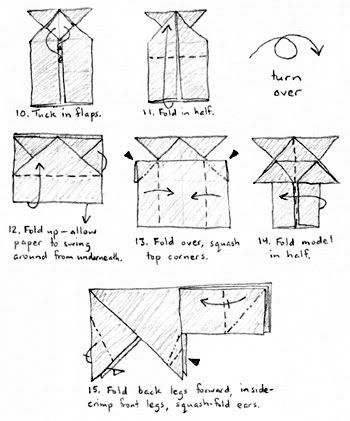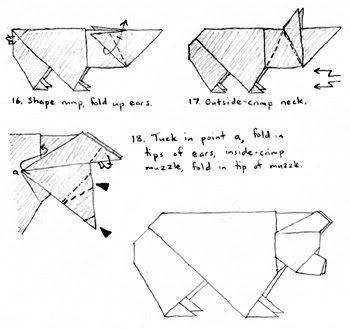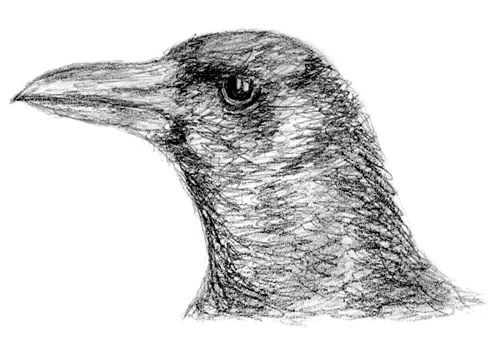Duets
Over the last week or so, I have been playing recorder and cello duets with my brother -- a surprisingly enjoyable activity. The book we've been using is called Duos für Violine und Violoncello (für Anfänger), edited by Pejtsik Árpád and Vigh Lajos. As the title of the book suggests, the duets are actually intended for the violin and cello, but the recorder usually works as a replacement.
Generally, I begin by sightreading the first measures of a given piece. If the piece is to our liking, we practice a phrase or so at a time. We each play our parts separately and together until we have grasped the timing and the proper sequence of notes. It often takes many repetitions. They are not tedious repetitions, though, and it is gratifying when we achieve some measure of fluency. Either way, playing unfamiliar pieces is good sightreading practice.
Of the songs we play regularly, my favourites are a "Canzona" by Giovanni Giacomo Gastoldi and an "Aria" by Evaristo Felice dall'Abaco. The "Canzona" is a joyful Renaissance piece in 3/4 time that is probably better suited to a brass instrument than a recorder. As for the "Aria," it is a Bach-like Baroque piece that, in fact, begins much like Bach's "Little Prelude in D Minor" (BWV 935).
Upon occasion, my brother also plays part of the accompaniment of Benedetto Marcello's Sonata No. 12 (for flute and piano) on the cello. Usually, however, it is my sister (on the piano) who plays the sonata with me, along with Georg Philipp Telemann's Suite in A minor and selections from Schubert's Gesänge, Weber's Der Freischütz, and Mozart's Die Zauberflöte.
On the whole, I like playing with others better than playing alone. Company is agreeable in any case. It's nice to be able to laugh and joke together while practicing. I also find that the recorder sounds rather thin and lonely by itself. Accompaniment adds body to the music, and renders mistakes, questionable passages, and unsteady notes less evident. I suppose I'm stating the obvious, but that is my specialty. :o)
When I do play by myself, I often play songs from Chantons Gaiement, a book of French folksongs edited and annotated by Howard Beinhoff and Karl-Heinz Färber. We have the record that comes with the book, so I know many of the songs well (and have known them well since I was a child).
On the record, the singers are accompanied by a guitar -- a very suitable accompaniment. Unfortunately, we don't have the score for the accompaniment, nor do we have a guitar. Furthermore, I don't think that any of us are skilled enough at the ukelele or mandolin to make up or play accompaniments using those instruments. So, I play alone.
Among my favourites from Chantons Gaiement are: "Le roi a fait battre tambour," "Dans les prisons de Nantes," "Chevaliers de la table ronde," "L'amour de moi," and "La Carmagnole." I probably shouldn't like "La Carmagnole," since it is a French Revolution song, but the tune is cheerful and pleasant. Dance-like, actually, which is not surprising since the Carmagnole is a dance as well. Speaking of which, here is an excerpt from A Tale of Two Cities, by Charles Dickens:
[. . .] presently [Lucie] heard a troubled movement and a shouting coming along, which filled her with fear. A moment afterwards, and a throng of people came pouring round the corner by the prison wall, in the midst of whom was the wood-sawyer hand in hand with The Vengeance. There could not be fewer than five hundred people, and they were dancing like five thousand demons. There was no other music than their own singing. They danced to the popular Revolution song, keeping a ferocious time that was like a gnashing of teeth in unison. Men and women danced together, women danced together, men danced together, as hazard had brought them together. At first, they were a mere storm of coarse red caps and coarse woollen rags; but, as they filled the place, and stopped to dance about Lucie, some ghastly apparition of a dance-figure gone raving mad arose among them. They advanced, retreated, struck at one another's hands, clutched at one another's heads, spun round alone, caught one another and spun round in pairs, until many of them dropped. While those were down, the rest linked hand in hand, and all spun round together: then the ring broke, and in separate rings of two and four they turned and turned until they all stopped at once, began again, struck, clutched, and tore, and then reversed the spin, and all spun round another way. Suddenly they stopped again, paused, struck out the time afresh, formed into lines the width of the public way, and, with their heads low down and their hands high up, swooped screaming off. No fight could have been half so terrible as this dance. It was so emphatically a fallen sport -- a something, once innocent, delivered over to all devilry -- a healthy pastime changed into a means of angering the blood, bewildering the senses, and steeling the heart. Such grace as was visible in it, made it the uglier, showing how warped and perverted all things good by nature were become. The maidenly bosom bared to this, the pretty almost-child's head thus distracted, the delicate foot mincing in this slough of blood and dirt, were types of the disjointed time.Even given the incongruities mentioned by Dickens -- even given the fact that the dance is a warped form of an innocent, healthy pastime -- I find it difficult to picture the song in the book being sung by an ugly, demonic rabble. How could they maintain suitably brutish, bloodthirsty expressions? Perhaps their expressions are more devilishly cheerful than brutishly bloodthirsty? Well, it is possible that the scene is included in a film adaptation of A Tale of Two Cities, or in some other French Revolution movie. If so, I won't have to strain my imagination and can see what others came up with.
This was the Carmagnole.
Note: Today is the last day of September. If I don't receive a letter of acceptance or of rejection today, I will begin to be displeased with the Freie Universität. Classes begin in October, after all. Surely there is a limit to last-minute notification. My usual explanation is that, since my marks and my qualifications in general are subpar, I don't deserve to be notified in a timely fashion. :.o( I'm not really serious about that, of course, although my most recent marks *are* bad, but the delay is worrisome. Perhaps I didn't complete the application correctly. Perhaps I missed an important step. Perhaps the letter is lost in the mail. And so on . . .

